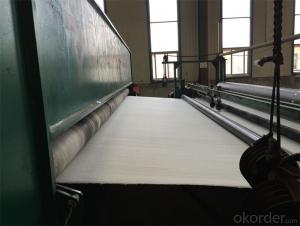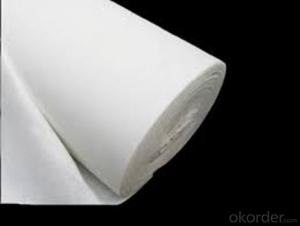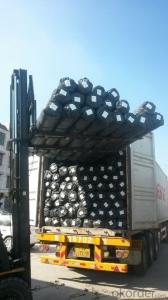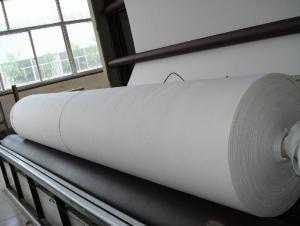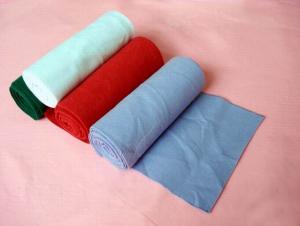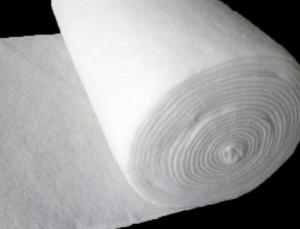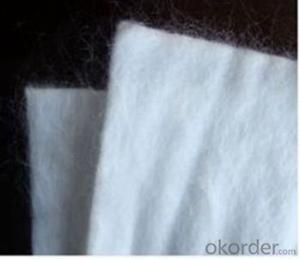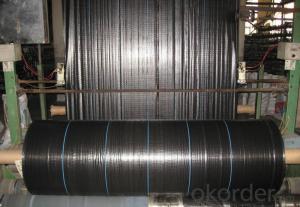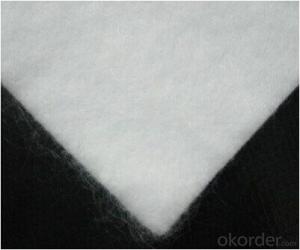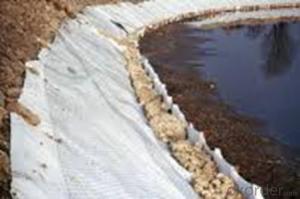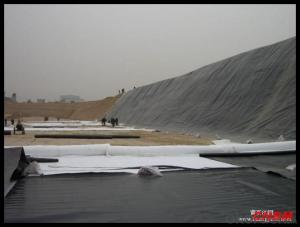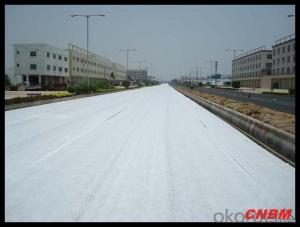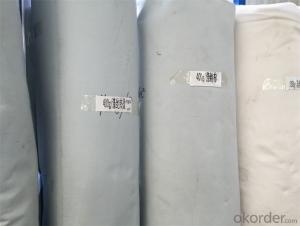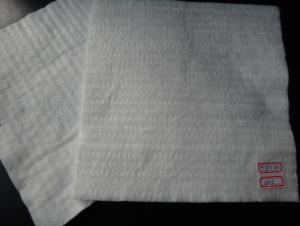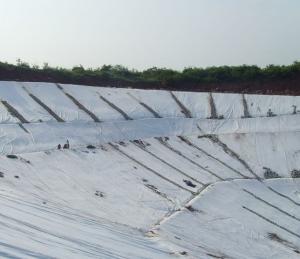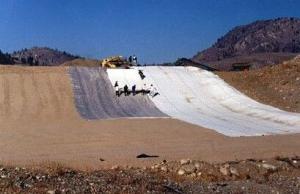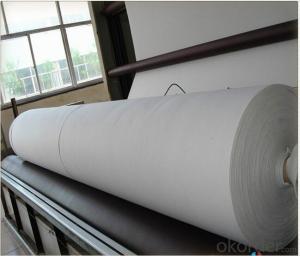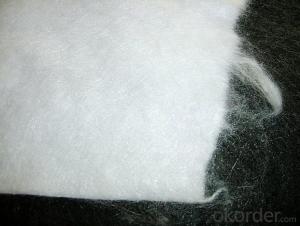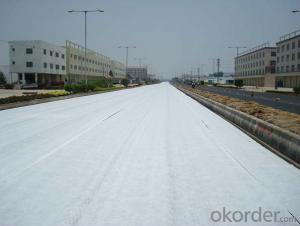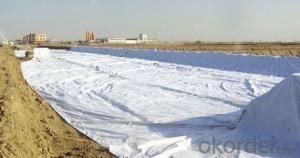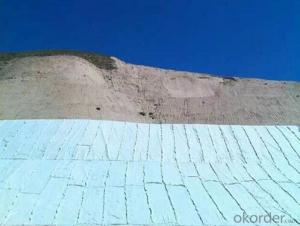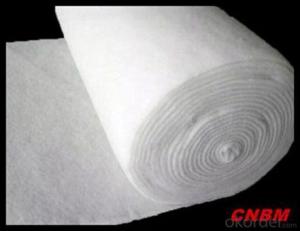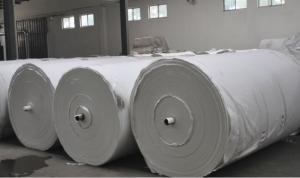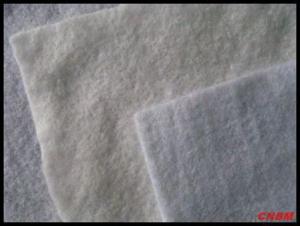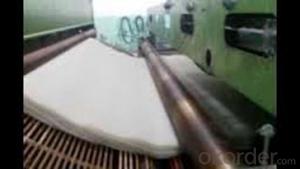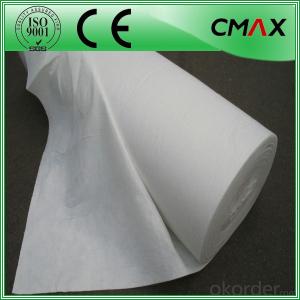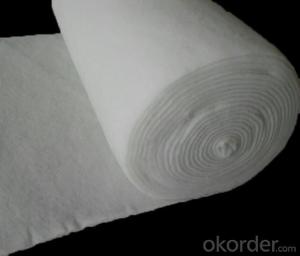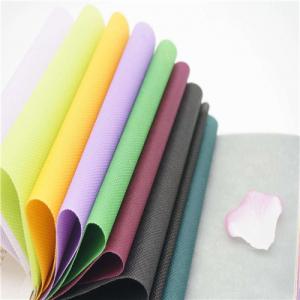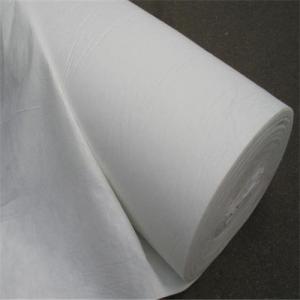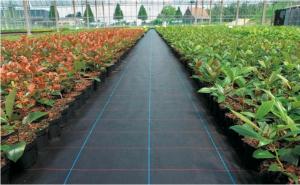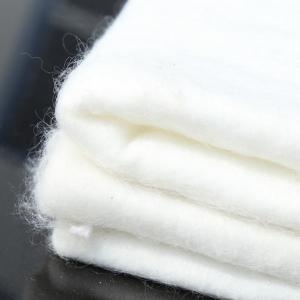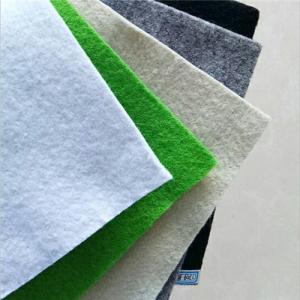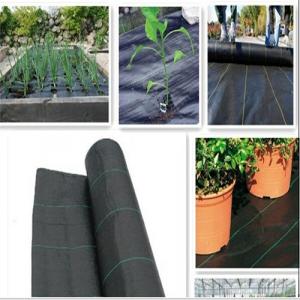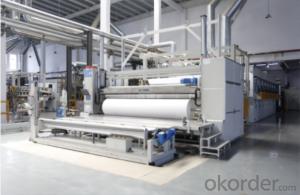Mirafi 160n Nonwoven Geotextile
Mirafi 160n Nonwoven Geotextile Related Searches
Mirafi 140n Nonwoven Geotextile Mirafi 180n Nonwoven Geotextile Mirafi Woven Geotextile Nilex Nonwoven Geotextile Propex Nonwoven Geotextile 8 Oz Nonwoven Geotextile Terratex Nonwoven Geotextiles Non Woven Needle Punched Geotextile Mirafi Fabric 8 Oz Nonwoven Geotextile Fabric Geotextile Woven Dan Nonwoven Geotextile Woven Or Nonwoven Polyfelt Ts Nonwoven Geotextiles Non Woven Geotextile Fabric Cost Terram Geotextile Nonwoven Geotextiles Market High Strength Geotextile Geotextile Wrap Virgin Fibre Polypropylene Geotextiles Amoco Geotextile Geosynthetic Fabric Geotextile Mesh Multicolor Yarn Geotec Fabric Geotech Fabric Geo Fabric 100 Acrylic Yarn Geotextile Fabric Brisbane Non Expanded Polystyrene Jute GeotextilesMirafi 160n Nonwoven Geotextile Supplier & Manufacturer from China
Mirafi 160n Nonwoven Geotextile is a high-quality, durable, and versatile product made from 100% polypropylene fibers. It is designed to provide excellent filtration, separation, and reinforcement properties for various civil engineering and environmental applications. This geotextile is known for its ability to withstand harsh conditions and resist degradation from exposure to sunlight, water, and chemicals, making it an ideal choice for long-term projects.The Mirafi 160n Nonwoven Geotextile is widely used in a range of applications, including road construction, erosion control, landfill liners, and slope stabilization. It effectively separates different soil layers, prevents soil particles from clogging drainage systems, and reinforces soil structures to improve stability and load-bearing capacity. This product is also used in the construction of retaining walls, tunnels, and dams, where its filtration and separation properties help to manage water flow and prevent soil migration.
Okorder.com is a leading wholesale supplier of Mirafi 160n Nonwoven Geotextile, offering a large inventory of this product to meet the demands of various industries. As a reputable supplier, Okorder.com ensures that customers receive high-quality geotextiles at competitive prices, backed by exceptional customer service and support. By partnering with Okorder.com, customers can be confident that they are obtaining a reliable and cost-effective solution for their geotextile needs.
Hot Products
